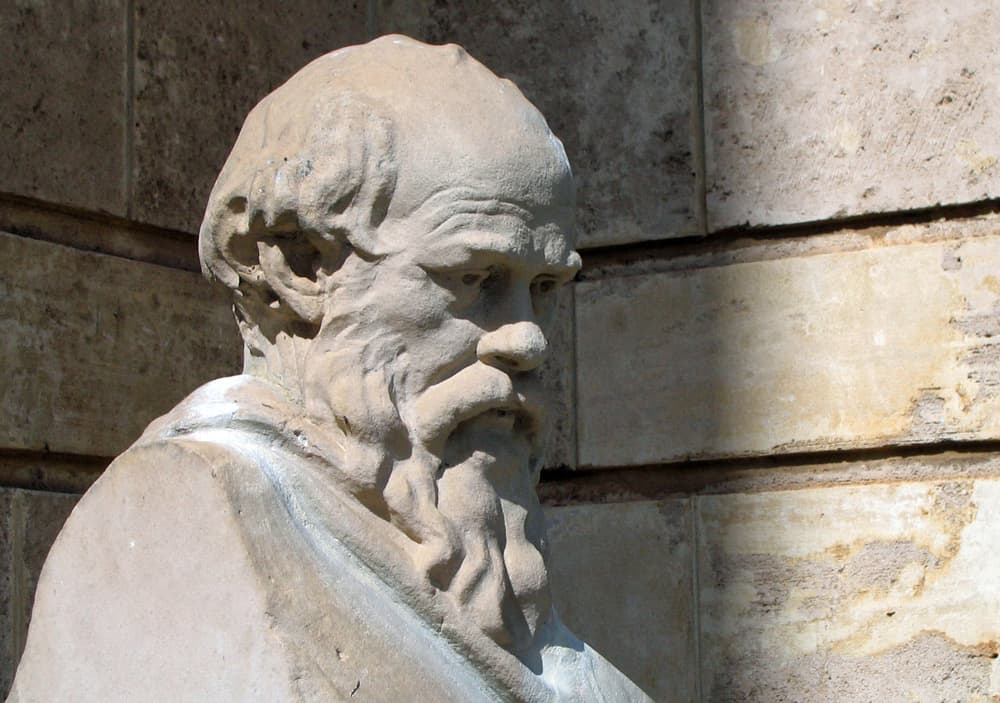
Paraphrasing Socrates: To Learn and Not to Change is Not to Learn
Who wants to change? We all do!
Almost all of us are nervous about change. Many of us will resist it—consciously or subconsciously. Sometimes those fears are well founded—the change really may have a negative impact on us. In many cases, however, the target population for the change will eventually realize that the change was for the better. Today’s pace of change is ever increasing—particularly with the advent of the Internet as well as the rapid deployment of new technologies, new ways of doing business, and new ways of managing and leading one’s life.
By definition, all of us are affected by change. A few of us will comfortably accommodate any degree of change, but most of us have a change journey to undertake.
Organizational Change Leadership
Part of the art of organizational change leadership is to understand what journey we want to take (it may not be the same for everyone), assess what our attitude is likely to be, and use that knowledge to guide us in the right direction.
To lead change in the future, organizational management must emphasize two things: talent and environment. An organization must employ and retain the brightest, and most diversified co-workers, to be able to innovate and bring about change. The aim is to create a united, creative workforce. Organizations must have co-workers who will work together to bring about these required changes, improve products and services faster, or deploy optimal processes in the workplace. Organizations need to provide creators with appropriate resources for innovation.
Today’s high-performance organization must, therefore, create:
- Constant learning environments that embrace positive change and challenge
- Fearless environments, where people can communicate and collaborate
- Diversified environments where people can think differently and value each other’s thinking
- New ways of looking at challenges and opportunities and a strong sense of urgency
- Cultures that effectively leverage talent
Creators and Knowledge Workers
Many organizations do not know how to distinguish between their creators and their knowledge workers. All creators are knowledge workers, but not all knowledge workers are creators. Creators are more than knowledge workers. To operate successfully, every organization needs both creators and knowledge workers. Knowledge workers may become creators through dedication and a well-defined goal, but many don’t make the transformation. Six notable differences exist between creators and knowledge workers:
- Creators make and extend the rules; knowledge workers conserve the rules.
- Creators innovate; knowledge workers implement.
- Creators initiate change; knowledge workers support change.
- Creators innovate; knowledge workers learn.
- Creators direct; knowledge workers act.
- Creators inspire and lift people; knowledge workers receive information and motivation.
To create a challenging, changing environment, inclusive organizations must attempt to:
- Reduce bureaucracy and rigid hierarchy
- Try to attract and keep true talents
- Create a continuous learning environment
- Reward performance
- Remove color, race, age, and gender barriers
- Create a fearless environment
There is No Best Method of Change
Companies that succeed in cultural change aim at creating added value for their clients. The point is to qualify for the future and not to disqualify the past. The strengths from the past are used to make change succeed.
Change starts with reflection. This not only means finding out the motive for the change and understanding the existing organizational culture, but also thinking through a suitable change strategy—achieved through learning interventions.
Learning interventions are often used in companies employing many professionals. These learning interventions invite people to experiment with renewal and learn from it. This fits in with the professional attitude of most professionals, making these interventions meaningful and effective in professional environments.
These interventions are about learning processes, which focus on what is needed and desirable, and in which people search, on the basis of their professionalism, for new working strategies and methods of collaboration. New working methods with associated values arise from these experiences; they contribute to the individual’s own professional identity and the identity of the company. These learning interventions are not isolated, and are always connected to interactive and meaningful interventions.
As Socrates said back in 437 BCE: “To learn and not to do is not to learn!” Or to paraphrase: “To learn and not to change is not to learn!”
- About the Author
- Latest Posts
Vice President Emeritus for Learning Technologies Donald Smith, Ed.D, CPT, headed ME&A programs in learning, leadership, and performance enhancement. He stayed with the firm in his retirement, bringing more than 65 years of experience as a coach, designer, facilitator, evaluator, manager, educator, and organizational change architect in more than 40 countries. He is affectionately known as ME&A’s MENCH.



